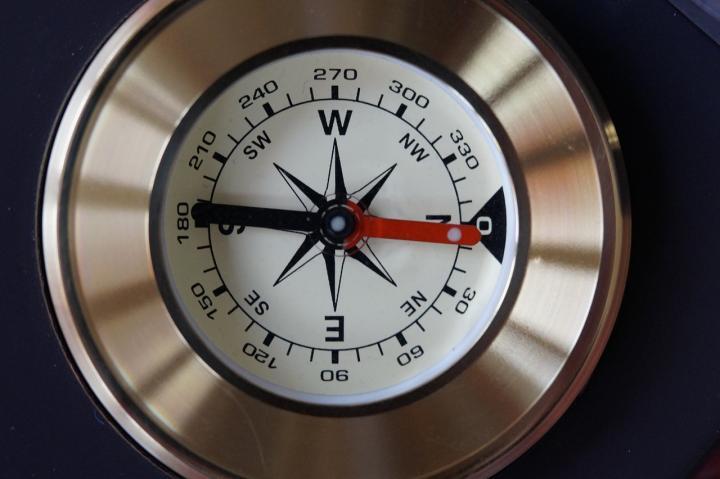It’s winter, the dormant season. Plant and tree growth has slowed to a crawl or stopped completely. This is the perfect time to try out a winter landscaping exercise we’ll call the “Four Directions” or “Four Winds.”
In Native American culture (Lakota), people would pray by calling on the spirits of the four cardinal directions—South, West, North, and East. Called the “Four Winds,” these four directions were honored as part of the circle of life.
This exercise seems especially fitting in the new year. If you have a yard or garden (or, even if you do not), go outside and face each direction in turn, concentrating on what is special about each aspect.
- What are the features of the land?
- How do the trees grow?
- Where does the prevailing wind come from?
- Why is the snow deeper in one area than in another? Each direction has its own qualities.
THE NORTH
The north is often associated with cold, harsh winds of the winter season. However, the winds are also cleansing, just as they clear the dead leaves from trees to start again.
This direction also speaks to ideas and seeds waiting to germinate. So, the north symbolizes patience, endurance, thankfulness, and trust.
The north side of your yard is a perfect place to plant a double row of sheltering evergreens to block the wind. Since the north is also the direction of contemplation it would be a good spot for a meditative Zen garden or sculpture garden. Quiet colors like white, cream and silver represent the north.
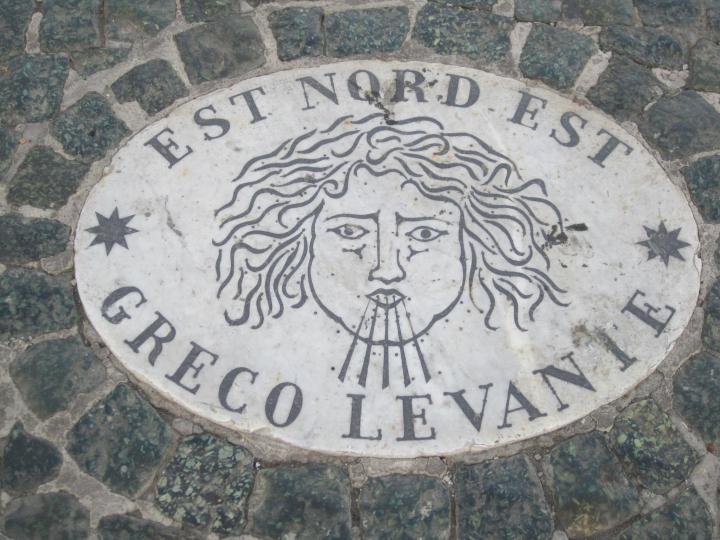
THE EAST
East is the direction of springtime, awakening and new life. It’s the direction from which the sun comes as dawn breaks and light spreads over the earth.
It can be symbolic of rejuvenation, healing and communication. This is the beginning of a new day. Light helps us see things the way they really are. On a deeper level, east stands for the wisdom helping people live good lives. Traditionally, people would rise in the morning and pray facing the dawn, asking God for wisdom.
Morning light is good for growth so look for trees that block the morning sun from reaching your garden and prune or remove them altogether. Most perennials thrive where there is morning sun.
East facing gates are welcoming and the east side of the yard is also a good place to locate a bench or hammock to spark creative daydreams.
Plants with gold or yellow flowers and foliage represent the east.
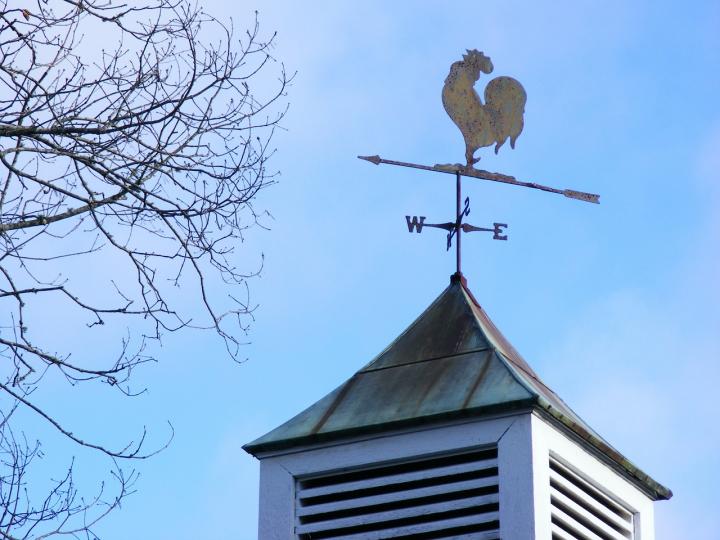
THE SOUTH
South reminds us of warmth, growth, fulfillment, and passion. The Sun is at its highest and drawing life from the Earth.
The southern direction also symbolizes faith, change, self-sufficiency, and strength. A south-facing slope is ideal for a vegetable garden, a large open field, or flower gardens.
Plant a border of hot colors in a south-facing garden or locate a fire pit or barbeque there. Triangular shapes can take the place of real fire, so you can use a triangular shaped sculpture or even a three-sided stone to represent fire.
Plants with purple or blue flowers contrast with the hot colored flowers and calm the heat.
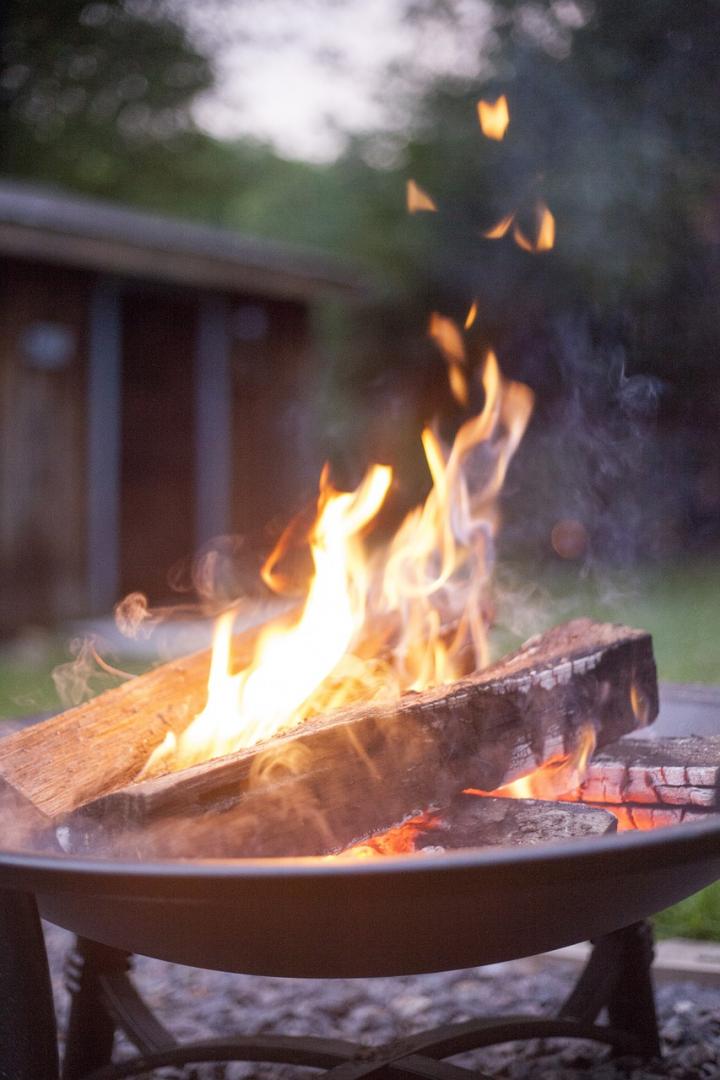
THE WEST
Weather most often moves west to east in North America. To Native Americans, the great Thunderbird lived in the west and sent thunder and rain from its direction.
As water is associated with the west, that makes it a good place for a small pond, fountain, or other water feature. Rich reds and oranges echo the colors of sunset in a west facing garden.
The west also symbolizes the end of the day, where the sun sets. It symbolizes travel, the attaining of goals, and of compassion. It is also a social direction that encourages fellowship. A west facing patio, shaded by deciduous trees is a perfect spot for gathering with others at the end of the day.
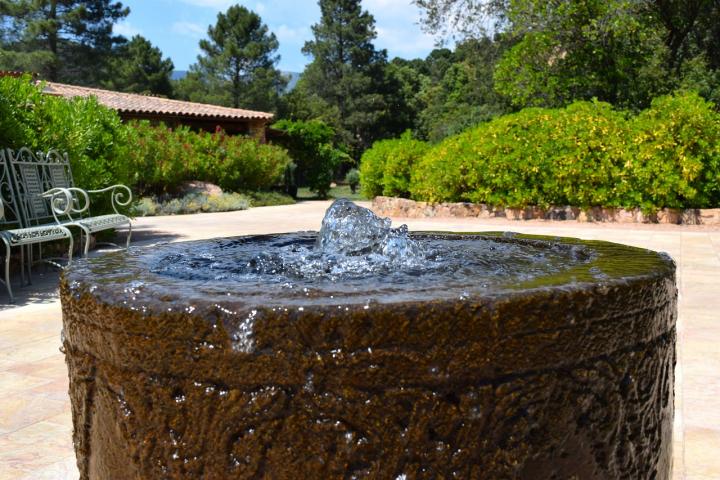
To chart the progress of your garden throughout the year, snap a picture looking in each direction on the first of every month. You’ll be surprised at the transformation as the seasons change.
Source / The Old Farmer’s Almanac

